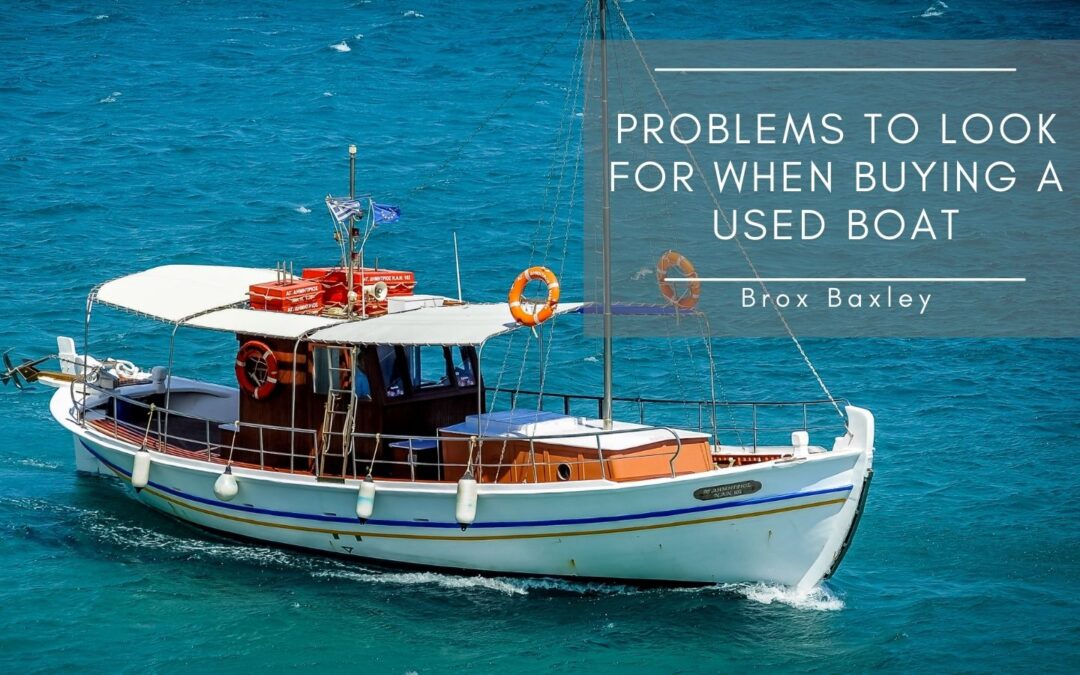Navigating the waters of buying a used boat can be both exciting and treacherous. While a pre-owned vessel might offer significant financial savings compared to a new model, it can have potential pitfalls. These hidden issues, if overlooked, can not only dent your wallet but also jeopardize safety. It’s crucial to approach this endeavor with a discerning eye and knowledge of common boat problems.
Boats, like cars, undergo wear and tear over time. The marine environment — salt water, changing temperatures, moisture — can be especially harsh on vessels, accentuating potential issues. Previous owners might have neglected maintenance or misused the boat, leading to hidden defects. While some problems are cosmetic and quickly addressed, others can be structural or mechanical, demanding extensive repairs. The pre-purchase inspection, therefore, isn’t just about gauging the boat’s value but ensuring its seaworthiness and safety.
Structural Integrity
A boat’s structural integrity is paramount. Always inspect the hull for cracks, blisters, or signs of previous repairs. Cracks, especially near joints or corners, can indicate severe stress or collisions. Blisters might suggest osmosis, a process where water infiltrates the fiberglass laminate, which can weaken the structure over time.
The boat’s transom should be checked for any softness, a sign of rot, or water damage. The deck and flooring should be walked upon to detect soft or spongy areas, often hinting at underlying deterioration in the core.
Equally vital is the keel (for sailboats). Ensure it’s securely attached, with no gaps or cracks that might indicate previous groundings. Remember, structural issues can be costly to repair and compromise the boat’s safety.
Mechanical and Electrical Systems
A boat’s mechanical and electrical systems are its lifelines. Begin by examining the engine for leaks, rust, or corrosion spots. An engine that starts smoothly and doesn’t emit excessive smoke is usually a positive sign. Check the hours logged; a heavily used engine may be nearing the end of its lifespan.
Electrical systems should be thoroughly inspected. Faulty wiring can not only cause functional issues but also pose fire hazards. Check all lights, navigation systems, and onboard electronics. Ensure the bilge pump functions correctly, as it’s critical for removing unwanted water from the boat.
Additionally, inspect the fuel system for leaks or corrosion. The steering system, propeller, and shaft should also be checked for wear and potential issues.
Interior and Amenities
While the boat’s aesthetics might not impact its function, they can affect your enjoyment and hint at general maintenance levels. Inspect the upholstery for tears, mold, or stains, which might indicate water leaks or poor upkeep. Examine any wooden elements for signs of rot or infestation.
The boat’s amenities, like toilets, cookers, and refrigeration systems (if present), should be operational. Any inefficiencies might necessitate repairs or replacements. Check seals and gaskets on hatches and windows to ensure they’re watertight. Moisture inside a boat can lead to various issues, from mold growth to structural damage.
Purchasing a used boat is akin to embarking on a maritime adventure. While cosmetic issues can often be negotiated or overlooked, structural, mechanical, and safety concerns should never be compromised. Always consider seeking the expertise of a marine surveyor or mechanic before finalizing your decision.

